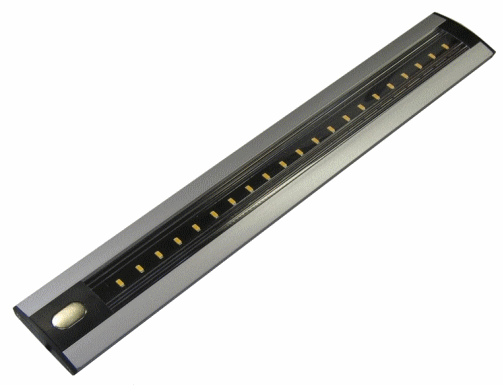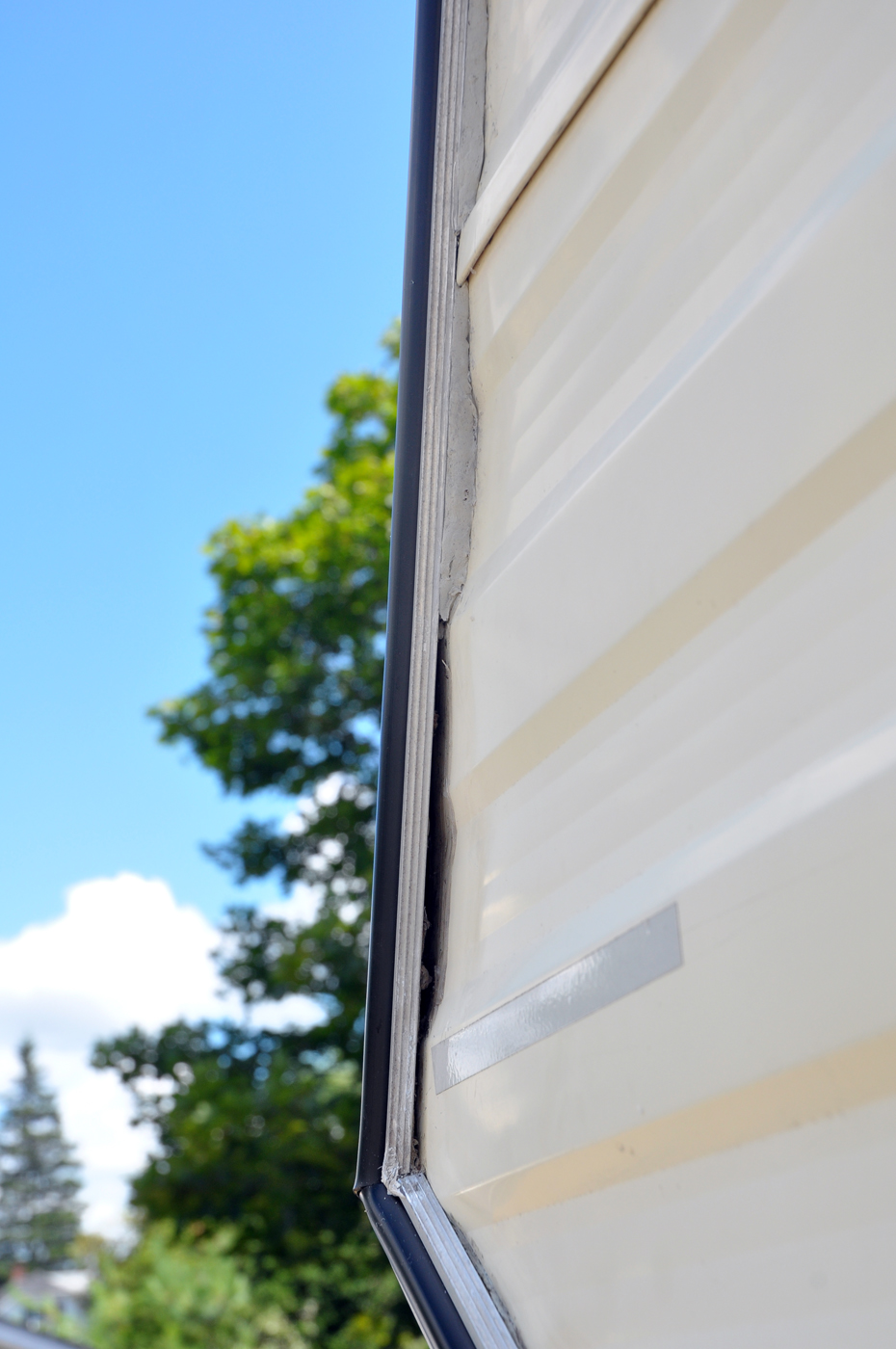Winterizing your RV is not difficult and it can save you about $100.00. Every year I have to look up the procedure on how to do this as after a year I can never remember, so I thought a blog post on the procedure would be helpful to both me and Jeff for future reference. Since our RV is 42 years old, some things are different than a modern one but the process is basically the same. If your RV has black tank flush for instance (ours does not) you will need to ensure these lines are cleared of water, and if there is a washing machine there is a separate process for that as well which I won't discuss here as it doesn't apply to our RV.
Note: You DO NOT need to put RV antifreeze in the fresh water tank, water heater, and black/grey tanks. The tanks are being drained, and what little amount of water may be left in them there is plenty of room for expansion if it freezes. Antifreeze in your water tanks will take forever to flush out and you will smell and taste it for a long time. So do not put the antifreeze in your water tanks. The water lines however have very little room for expansion and that is why they need to be cleared completely of water and/or filled with non-toxic RV antifreeze.
This year I bought a winterization kit for our water pump which has a bypass valve that will allow me to pump antifreeze through the plumbing lines without disconnecting the line from the pump. This is the kit that I bought, which was around $15.00:
Below is a pic of the water pump with the kit installed:
The way it works is you first turn off the power to your pump and switch the bypass valve to the bypass position. Next unscrew that brass knob on the top, and screw on the hose seen in the pic above. Then you put the end of the hose into a bottle of RV antifreeze. Next you turn the pump back on, and it will start drawing antifreeze from the jug. Lastly open all of your taps until the pink antifreeze comes out and let it run for about 20 or 30 seconds to make sure it flushed out all the water.
You can use two different methods to winterize, or a combination of both. The first method is the compressed air method, in which you hook up an air compressor to a blow-out plug and blow the water from the lines. The second method is the RV antifreeze method, where you drain your lines and run RV antifreeze through the lines.
METHOD #1 - COMPRESSED AIR METHOD
You will need a blow-out plug, air compressor, and an air pressure regulator. Be sure the holding tanks have been emptied at a dump station prior to winterizing.
1. Turn off power to the water pump.
2. Open all the taps to drain the lines. Newer RVs should have hot and cold water line low point drains. Ours does not have these, and that is one of the reasons I choose to blow out my lines with compressed air as well as put antifreeze into the lines. It's just extra insurance against a burst line.
3. Drain the fresh water tank. There should be a drain valve near the fresh water tank. Ours is located inside the cupboard where the water pump is, and there is no outside cap to remove (newer RVs probably have to remove a cap from the outside as well). So just turn this valve to the open position and the tank will start draining. It will take awhile.

4. Make sure water heater is turned off and the bypass valve open, and remove the drain plug. Our hot water heater has a hose attached to the drain hole so the water drains outside of the cabinet, which helps prevent rust. So in our case the hose clamp at the end of the hose would have to be loosened first and then the plug pulled out. If your water heater is fairly new, opening the pressure relief valve will relieve pressure and allow air into the tank to make it drain faster but with an old one like ours, doing that may cause the pressure relief valve to leak after it is closed. So in our case, we open a hot water tap at the kitchen sink instead, and this does basically the same thing.

The water heater bypass valve should be in the open position during draining. If your RV does not have a bypass valve, this is an inexpensive upgrade that will save a lot of money in antifreeze (if you winterize using the antifreeze method instead of compressed air). If there is no bypass valve, the tank will fill with antifreeze and depending on the size (ours is 9 gallons), that's a lot of antifreeze. Also it will take forever to get the tank flushed and not smelling of antifreeze in the spring. So get the bypass valve - they're cheap and easy to install. This is the "open" position:
5. After draining the tank move the bypass valve to the closed or "bypass" position.
6. Turn on the water pump for 30 seconds to remove any water from the pump and lines (taps still turned on).
7. Attach the blow-out plug to the city water connection on the outside of the camper.
8. Attach the air compressor hose to the pressure regulator and set it for 30psi (some compressors have a built-in regulator that you can preset for 30lbs). Never go above 30psi or you could damage the plumbing. Attach it to the blow-out plug.
9. Keep the taps closed and turn on the compressor to build up 30lbs of pressure. Then one by one, open each tap and blow the lines clear of water. Don't forget about the shower diverter, and flush the toilet until it's line is clear. The close all the taps, build up the pressure again and repeat. Keep blowing air into the lines until there is no longer any sign of water coming out.
10. Pour about one litre of antifreeze into each drain (p-traps) and the toilet. Pour some antifreeze in the toilet bowl so the seals do not dry out.
11. Remember to close the fresh water tank drain valve and replace the drain plug in the water heater. Also make sure the pressure relief valve is closed if you opened it.
12. For extra insurance, I also like to run antifreeze through my plumbing lines even though they have been blown out with compressed air because I do not have low-point drains and I worry there is some water left behind. So if you're a worry-wart like me and want extra insurance that nothing is going to freeze and burst, continue on with method #2.
That's it for the compressed air method - this method will take about one jug of antifreeze.
______________________________________________________________________________
METHOD #2 - RV ANTIFREEZE METHOD
Not everyone has an air compressor at home, nor a pressure regulator. In that case this method is for you. This method will require about two jugs of antifreeze.
First, follow steps 1 through 6 above.
7. Turn off the power to the water pump.
8. If you have a winterization kit installed on your pump like in the pic at the top of this post, you simply unscrew the brass cap on the bypass valve, thread on your hose that came with the kit, and turn the brass lever to the bypass position. Then put the end of the hose into a jug of RV antifreeze.
9. If you do not have a winterization kit installed, you will have to disconnect the hose that goes from the pump to the fresh water tank, and connect a secondary hose to the pump, secured with a hose clamp. The problem with this method is that it's very difficult to get the water hose off the pump fitting. The hose clamp compresses it tight against the pump fitting and every year I could never get it off and ended up cutting it off. That's why I decided to get the winterization bypass kit.
10. Turn on the power to the pump.
11. Individually turn on your hot and cold taps, (don't forget the shower diverter) until antifreeze is coming out. Let it run for about three seconds to make sure that the antifreeze flushes any water out of the lines and doesn't become diluted.
12. Flush the toilet until you see antifreeze. Flush for about three seconds, and then pour some antifreeze into the bowl to prevent the seals from drying out.
13. Pour about a litre of antifreeze down all the drains (p-traps).
14. Turn off the power to the pump, close the bypass valve on the pump and remove the bypass hose. (Reconnect the hose to the fresh water tank if you had to remove it).
15. Make sure your fresh water tank drain valve is closed, and your hot water tank plug is re-installed.
That's it, you're done! My next post will be how to "de-winterize" your RV.
Below are links to all of my posts about the Scamper:




















































